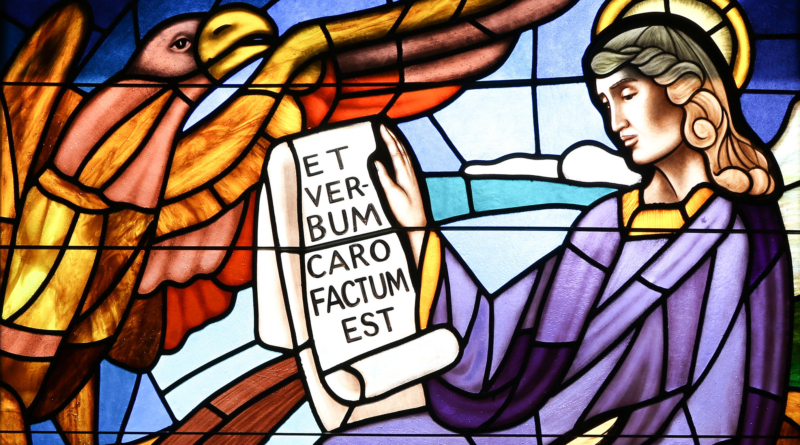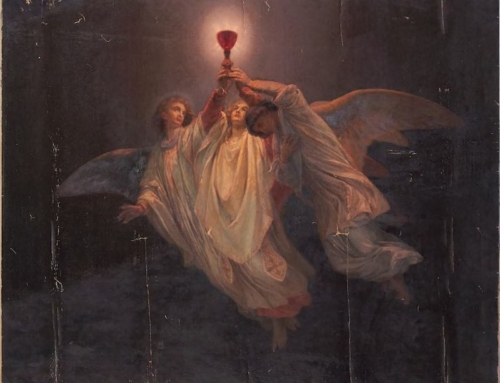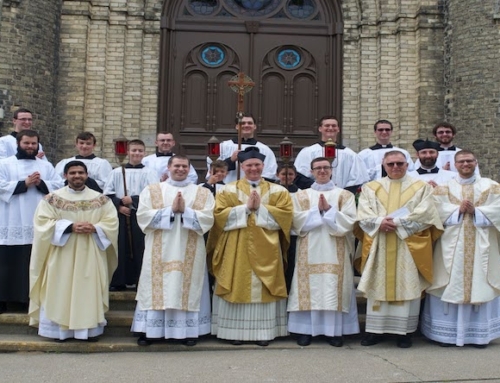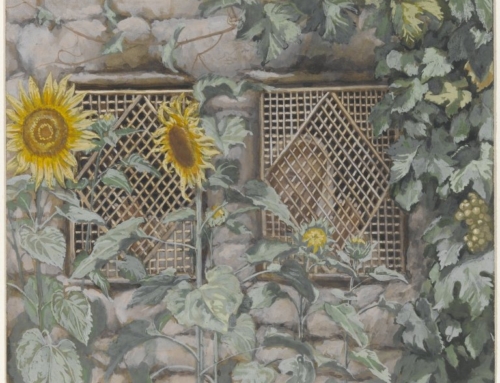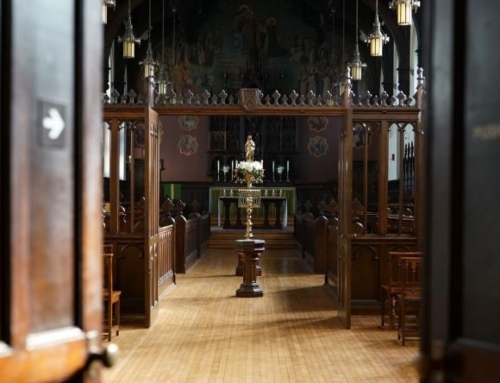Have you ever pondered the fact that, one day, you will see Jesus with your own eyes? Our eternal bliss will consist in the immediate vision of the Blessed Trinity, and it will also include the vision of the Sacred Humanity of the Second Person of the Trinity, Jesus Christ.
We have just celebrated Christmas. We look forward to Epiphany and, beyond that, to the Presentation of the Lord. All of these feasts involve the blessedness of seeing. The shepherds gazed upon the baby lying in a manger. At the sight of the kingly child, the Magi fell to their knees. The eyes of Simeon and Anna filled with tears as they saw—finally, saw—the salvation for which they had been waiting all their lives: the Lord himself, bodily present in his Temple.
Ours is a religion of the Incarnation, the mystery of God taking on our humanity, so that our humanity can take on his divinity. Christ saves us in and through his Sacred Humanity. He accomplished the Paschal Mystery—suffering, dying, rising, and ascending—all in and through his body.
Saint John the Evangelist, whose feast we celebrate today, could be considered the Apostle of Christ’s Sacred Humanity. In the opening to his First Letter, he writes:
“That which was from the beginning, which we have heard, which we have seen with our eyes, which we have looked upon and touched with our hands, concerning the word of life—the life was made manifest, and we saw it, and testify to it, and proclaim to you the eternal life which was with the Father and was made manifest to us…” (1 Jn 1:1–2)
Throughout his Gospel, St. John emphasizes and reemphasizes the salvific quality of Christ’s body. His Prologue announces that the Divine Word has become flesh (Jn 1:1–18). In the Bread of Life Discourse, we hear our Lord’s words: “Whoever eats my flesh and drinks my blood has eternal life, and I will raise him on the last day” (Jn 6:54). Present at the Crucifixion, St. John saw, with his own eyes, Jesus offer his body for the life of the world (Jn 19:16–37).
When Christ walked the earth, it was clear that his humanity was the means through which his divine power worked. To heal individuals, he touched them; to save them, he spoke to them. His divinity expressed itself by visible, audible means. Today, he continues to save us and sanctify us through the sacraments: visible, audible signs which effect invisible changes in us. Christ, sitting at the right hand of the Father in glory, still sanctifies us through his Sacred Humanity, working in and through the sacraments.
The sacraments—essential as they are for our salvation—are temporary. The Eucharist is truly the body and blood of Christ. The Mass is truly a participation in the heavenly liturgy. But these also prepare us for our more perfect participation in heavenly worship, when we will see Christ in the flesh. Then we will behold his body, not under the appearance of bread and wine, but face-to-face.
Though he is even now close to us, it can admittedly be hard having to wait to see our Savior. We might sometimes cry out with the psalmist: “My soul thirsts for God, the living God. When can I enter and see the face of God?” (Ps 42:2). Even though we do not see him now, we love him (1 Pet 1:8). And we look forward with eager longing for that moment when we will go beyond shadows and images to the reality itself. We will then see the now unseen One, who saves us and sanctifies us; we will see him, even as we are seen by him. (cf. 1 Cor 13:12). In bliss, we will behold with our own eyes the pierced, risen, and glorified Christ, who gave himself up for us. When that happens, we will exclaim with St. John: “It is the Lord!” (Jn 21:7)
✠
Photo by Fr. Lawrence Lew, O.P. (used with permission)

